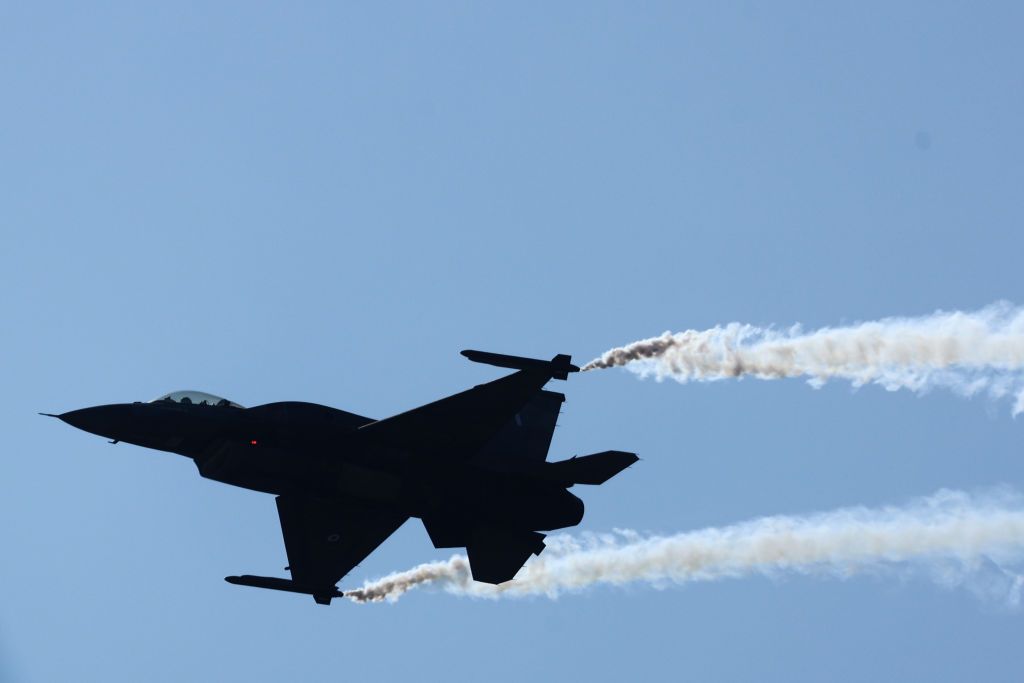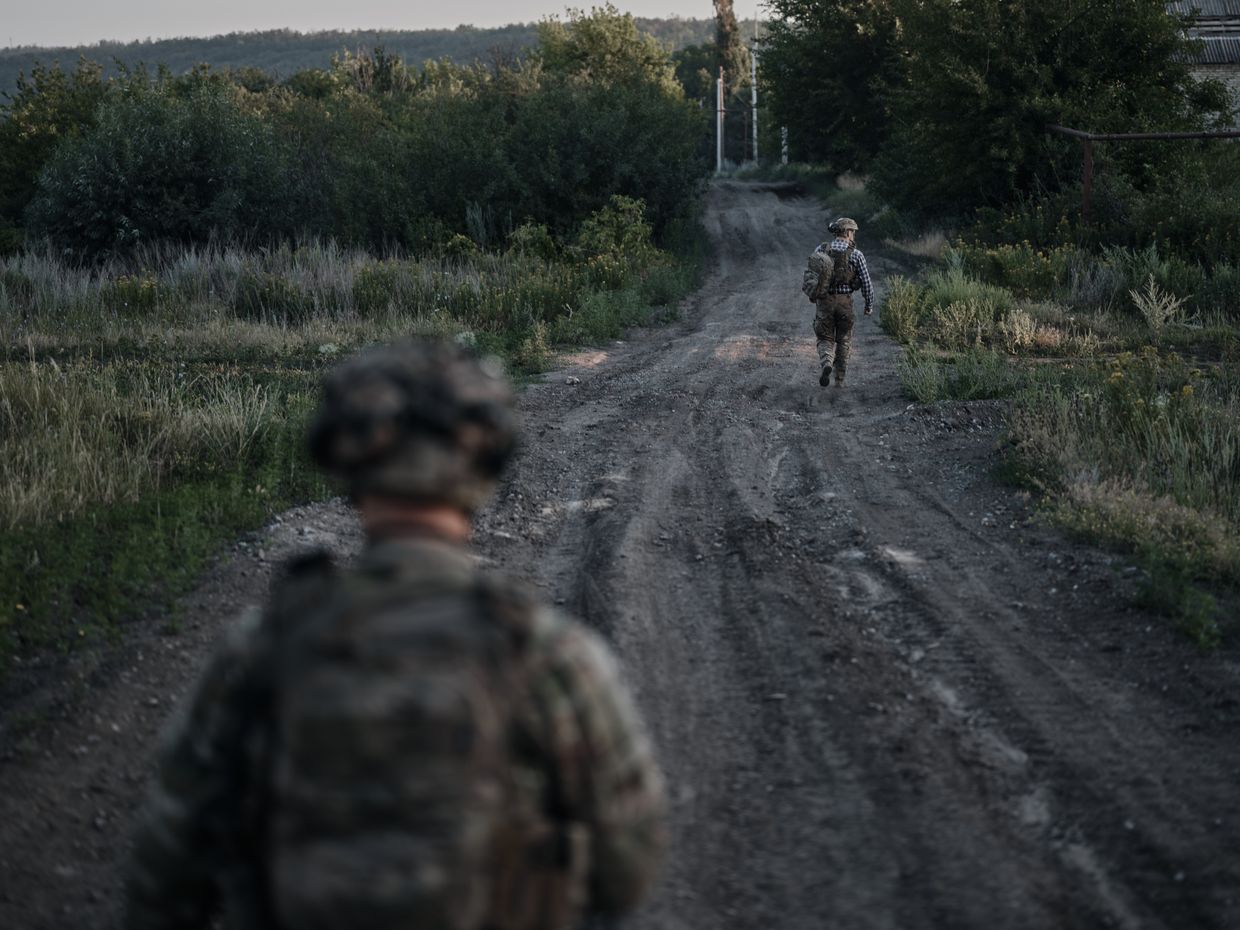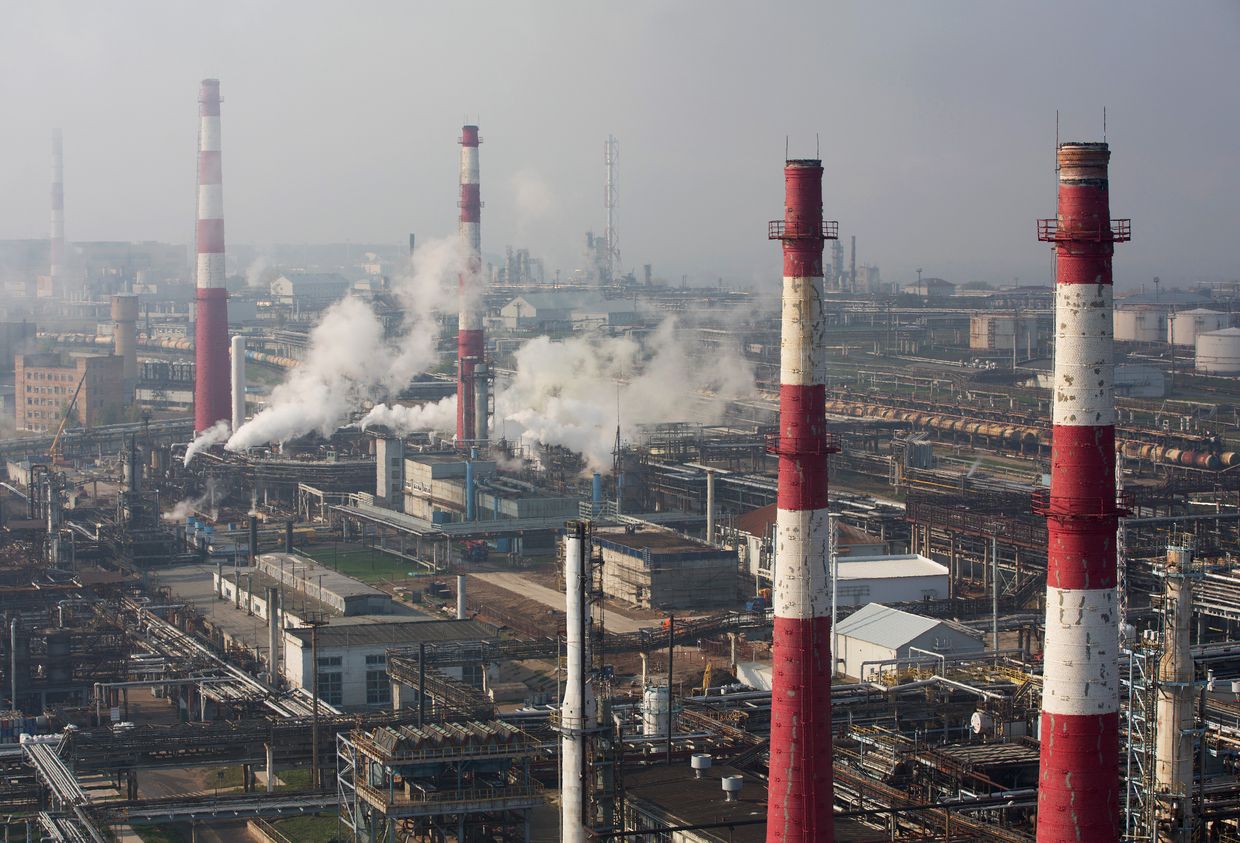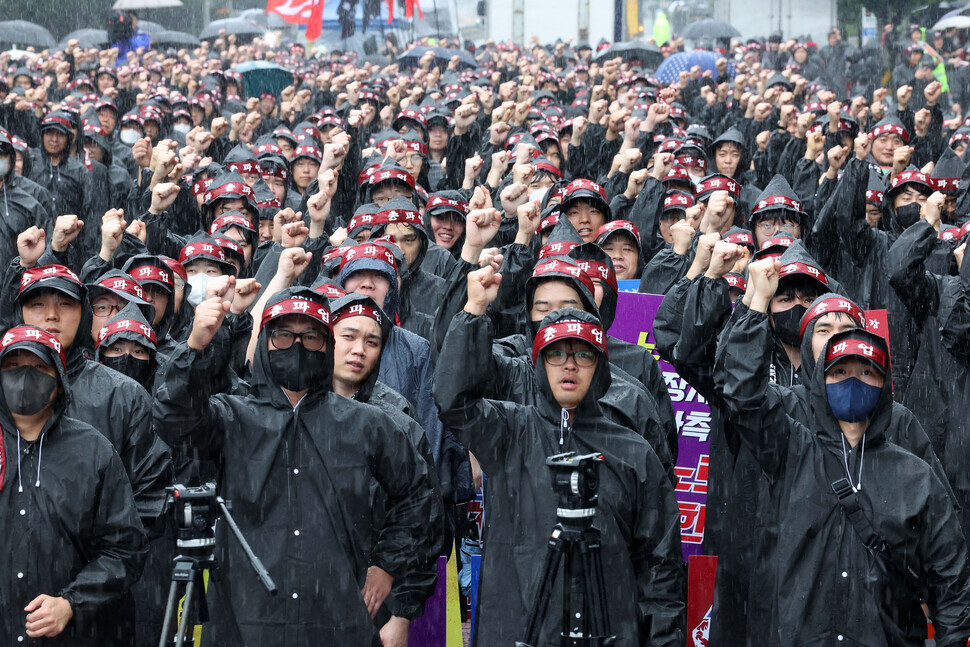F-16s will “challenge Russia’s air supremacy over the Black Sea,” says Navy chief

Important developments on July 5:
- F-16 fighter jets will challenge Russia’s air supremacy over the Black Sea, says Ukraine’s naval chief
- Latvia plans to send over 2,500 drones to Ukraine in July, the ministry said
- Orban: Kyiv and Moscow’s positions on peace “are very far apart”
- Stoltenberg hopes Ukraine will join NATO within ten years
- Russian attack on Donetsk Oblast kills woman and injures 20 people
The upcoming delivery of F-16 fighter jets to Ukraine will test Russia’s “complete dominance” in the skies over the Black Sea, naval commander Oleksii Neizhpapa said in an interview with Reuters published on July 5.
Ukraine is expected to receive the first F-16 jets this summer, a year after Denmark and the Netherlands founded the “fighter jet coalition” with nine other countries at the NATO summit in Vilnius in July 2023.
“F-16s with the right armament will be able to repel Russian fighter jets. The northwestern part of the Black Sea, especially the corridor for civilian ships, will be almost 100 percent safe,” Neizhpapa said in the interview.
Because of the drone attacks, Russian warships could not enter the northwestern part of the Black Sea, an area of almost 25,000 square meters, Neizhpapa said.
Ukraine wants to expand its shipping corridor, which provides the only maritime traffic from the three main ports of Odessa, to include the ports of Mykolaiv and Kherson in the south of the country, the vice admiral said.
This is currently impossible because Russia controls the Kinburn Spit, he added.
The Kinburn Spit is located at the mouth of the Dnipro River south of Kherson. It is one of the last parts of Mykolaiv Oblast that is still under Russian occupation.
Last year, Kyiv was forced to set up a new export route in the Black Sea after Russia unilaterally terminated the Black Sea grain trade. Originally intended as a humanitarian corridor to allow ships stranded there since the start of the all-out war to exit, the route has now developed into a full-fledged trade route.
What Ukraine’s partial withdrawal from Chasiv Yar actually means
Ukraine announced on July 4 that its troops had withdrawn from the canal district in Chasiv Yar, a strategically important town in Donetsk Oblast, the scene of intense, bloody fighting that began in early April this year. On national television, Nazar Voloshyn, the spokesman for the

Latvia to send over 2,500 drones to Ukraine in July, ministry says
Riga will send more than 2,500 combat drones of various types worth 4 million euros ($4.3 million) to Ukraine this month, the Latvian Defense Ministry announced on July 5.
The first batch of 300 drones is expected to be delivered to Kyiv “in the coming days,” the ministry said.
Latvia and the UK are leading the international coalition supplying Ukraine with drones, which have become a crucial weapon on Ukrainian battlefields.
“Together with the members of the international drone coalition, we are continuously working to supply Ukraine with combat drones of different capacities in accordance with the current needs and testing requirements of the Ukrainian army,” said Latvian Defense Minister Andris Spruds.
In addition, Riga is investing in the further development of drone technology, the minister added. The 2,500 drones promised for Ukraine were manufactured by seven Latvian companies.
Spruds announced in May that the Latvian government would invest around 20 million euros (22 million dollars) in the drone coalition this year, as well as a similar amount in developing Latvia’s own drone capabilities.
Ukraine is also working to expand domestic production, with the goal of producing at least one million drones by 2024. Kyiv is using long-range drones to penetrate deep into Russian territory and attack military infrastructure such as airfields and logistics facilities, as well as oil refineries and depots.
Ukraine is currently mass-producing combat drones with a range of over 1,000 kilometers
Ukraine is using long-range drones to penetrate deep into Russian territory, attacking military infrastructure such as airfields and logistics facilities, as well as oil refineries and depots.

Orban says Kyiv and Moscow's positions on peace 'are very far apart'
Hungarian Prime Minister Viktor Orban said on July 5 that Ukraine and Russia’s attitudes toward a full-scale invasion and the prospects for peace were “very far apart.”
He came to this realization during a trip to Russian dictator Vladimir Putin in Moscow, just days after his meeting with President Volodymyr Zelensky in Kyiv.
“Over the past two and a half years, we have realized that we cannot achieve peace without dialogue and diplomatic channels,” Orban said at a press conference with Putin.
“I had the feeling that the positions were very far apart, that many steps still needed to be taken to achieve peace, but the first important step towards dialogue has already been taken.”
Orban also revealed three questions he had asked Putin: what he thinks about existing peace initiatives, what he thinks about a ceasefire and peace talks and when they could take place, and his opinion on the post-war European security architecture.
He did not say how Putin responded to these questions.
Putin had welcomed Orban to the Russian capital earlier that day and said he hoped to discuss bilateral relations and the situation in Ukraine with him.
Budapest has repeatedly opposed Ukraine’s accession to NATO and the EU, as well as sanctions against Russia, undermined Western aid efforts for Ukraine and maintained close ties with Moscow throughout the war.
Who needs warships when you have drones? Russia is losing control of the Black Sea
The camera’s gaze glides over the water, low and predatory, swerving left and right between rows of white splashes, approaching the stern of the looming gray hull. A figure appears to scramble across the deck of the Russian corvette before the feed cuts off.

Stoltenberg hopes Ukraine will join NATO within 10 years
Outgoing NATO Secretary General Jens Stoltenberg hopes that Ukraine will join the alliance within the next ten years, he said in an interview with the DPA news agency published on July 5.
Western officials said that while Ukraine would not receive an invitation to join NATO at the upcoming summit in Washington, it could expect “concrete measures” to accelerate its accession.
Ukraine applied for NATO membership in September 2022, half a year after Russia’s large-scale invasion, but has not yet received a clear timeline for joining. Kyiv’s hopes of an invitation were dashed during the Summit 2023 in Vilnius.
“I very much hope that Ukraine will be an ally,” Stoltenberg responded to a question about the possible expansion of NATO in the next decade.
Ukraine’s membership in the alliance is a hotly debated issue. While many NATO leaders, including Stoltenberg, have repeatedly stated that Kyiv’s future lies in the alliance, some top players appear hesitant.
American President Joe Biden said in an interview with Time magazine in June that peace in Ukraine does not automatically mean NATO membership.
“Peace means making sure Russia never, ever, ever, ever occupies Ukraine. That’s what peace looks like. And that doesn’t mean NATO, they’re part of NATO,” Biden said.
President Volodymyr Zelensky, who has repeatedly called on partners to send Kyiv a membership invitation, said: Ukraine will join NATO only when the comprehensive war in Russia is over, said Stoltenberg.
The counter-offensive: What the British Labour Party’s landslide victory means for Ukraine
The UK has been at the forefront of mobilising global support for Ukraine and we expect this to continue under a Labour government. Although Keir Starmer was elected Labour Party leader on a non-interventionist platform, the full-scale invasion of Ukraine has transformed British politics. The…

Russian attack on Donetsk Oblast kills woman, injures 20 people
Russian troops attacked the village of Komar in Donetsk region on July 5, killing one woman and injuring at least 20 other people, Governor Vadym Filashkin said.
The center of the frontline village was hit by three Russian guided bombs, according to the governor. The attack damaged 13 houses, four shops, two high-rise buildings, two administrative buildings and two infrastructure facilities, he added.
One of the victims died during medical treatment, the statement said read.
Trump ally exposes: Ukraine does not burn down churches linked to Russia
When Tucker Carlson, a popular right-wing conservative from the US, published an interview with lawyer Robert Amsterdam titled “Ukrainian churches are being burned and priests are being beaten”, it quickly gained traction among the so-called MAGA movement, which is calling for the return of Donald Trump as president. The April interview…




